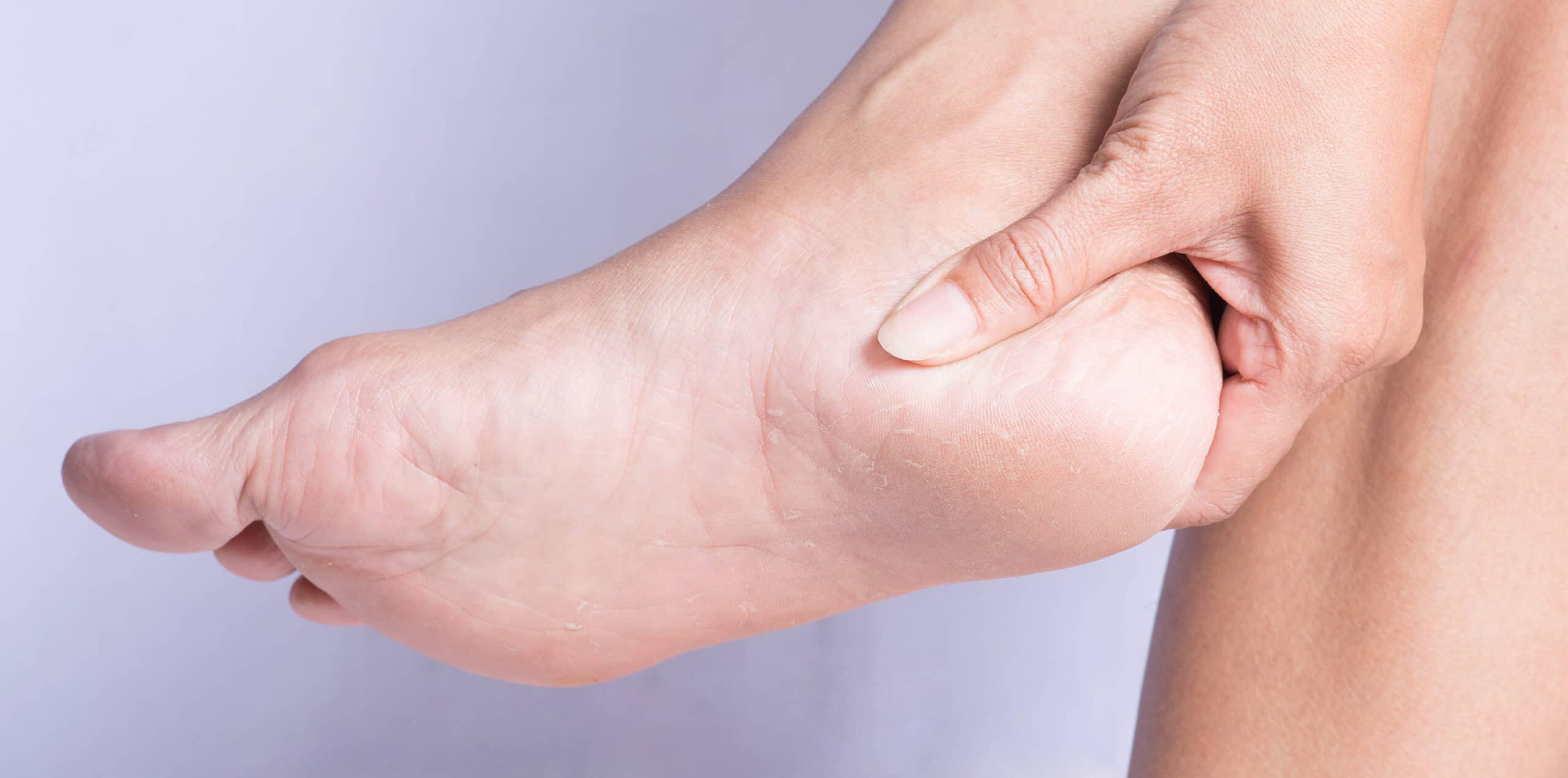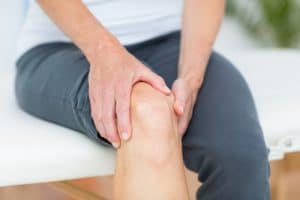
Mr Martin Klinke is a consultant foot and ankle surgeon at London Bridge Orthopaedics. In this article, he discusses how changes in behaviour post-lockdown, while are for the better, can lead to a condition known as plantar fasciitis and what can be done to minimise its effects.
Now that we are all to resume a more normal lifestyle but, on the other hand, trying to stick to some new habits we acquired during the lockdown, walking has certainly become the one activity everybody has increased. Some try to avoid taking public transport as much as before and rather walk to work, whereas others have started or increased their running. All this is a change for the good but the increased impact can be felt in the body and, particularly, in the feet.
The heel bone is the one area that takes the most weight when walking and running, and it is the structure to which relevant tendons are attached. At the back of the heel bone (also known as the os calcis), the Achilles tendon is the only structure that is attached – on the bottom of the heel bone multiple structures are attached. The biggest and most relevant structure in regards to being a source of pain around the heel is the plantar fascia.
What is the plantar fascia?
The plantar fascia is a strong fibrous band of tissue (similar to a ligament) that stretches from the heel bone to the base of the toes and helps to support the longitudinal arch of the foot. It plays an important role in normal foot biomechanics during walking and acts as a shock absorber in the foot.
What causes pain to the plantar fascia?
Whether the heel bone is exposed to the direct impact of landing on it when walking or the powerful stretching force during running, the os calcis can easily be exposed to excessive stress and start to hurt. Therefore, the plantar fascia is the most common cause of heel pain. With overuse or in time, the plantar fascia can become inflamed, a condition called plantar fasciitis. The plantar fascia loses some of its elasticity or resilience and can become irritated with routine daily activities.
But not only the increased amount of activity level can be responsible for pain in the attachment of the plantar fascia in the heel bone, but other factors can also play a role. Some feet are more prone to overload (shape of foot), the surface on which we are standing, walking and running as well as the footwear play a significant role in developing heel pain.
Pain caused by plantar fascia tends to be the worst when getting up in the morning or after other periods of inactivity. The degree of discomfort can sometimes lessen with activity during the day or after warming up but it can become worse after prolonged or vigorous activity. The pain may also appear more intense in bare feet or in shoes with minimal support during prolonged periods of standing. Other reasons for heel pain are stress fracture of the heel bone, loss of fatty tissue in the heel fat pad or nerve compression in the foot or the back.
Nonetheless, pain under the heel (especially when felt after rest or in the morning) is most commonly linked to plantar fasciitis.
What to do if you’re experiencing pain of the plantar fascia?
If you think that you are suffering from plantar fasciitis, you should think about the factors mentioned above that can be responsible for the onset of pain. Initially, one should consider reducing the impact-related activities, do some stretching exercises for the calf muscles and check the footwear. If symptoms persist, seeing a dedicated foot and ankle specialist is highly recommended.
The specialist will not only take a thorough medical history and examine the foot, ankle and lower limbs but will consider further investigations such as X-rays, ultrasound scans, MRI scans, nerve conduction tests or dedicated gait analysis. Once the diagnosis is confirmed the appropriate treatment will be initiated.
A physiotherapist can help with improving your stretching of the calf and foot muscles. A podiatrist will be able to advise on more suitable footwear, heel wedges or orthotics to reduce the impact and pain on the heel bone.
Icing can help and in rare cases, a short spell of anti-inflammatory medication can help. If symptoms persist, other treatment options can be considered. Shockwave treatment is a safe and efficient option and ultrasound-guided injections around the insertion of the plantar fascia can reduce the pain very quickly. An operation is extremely unlikely to be necessary and only for those few patients who have ongoing recalcitrant pain, surgery might be the only option left.
Outlook for those suffering plantar fasciitis
Fortunately, plantar fasciitis is a self-limiting disease and patients tend to fully recover but everyone who once had plantar fasciitis will know how debilitating it can be. When you have ongoing heel pain, do not waste your time, see a specialist who will help to be able to get back to your normal active lifestyle sooner.
About Mr Martin Klinke
Mr Martin Klinke is a full-time Consultant Orthopaedic Surgeon at the London Foot and Ankle Centre and works at London Bridge Hospital. He performs the whole spectrum of reconstructive foot and ankle surgery. You can schedule an appointment with Martin or any of the London Bridge Orthopaedics team by using our web form. For more contact methods, please see Mr Martin Klinke’s profile.









